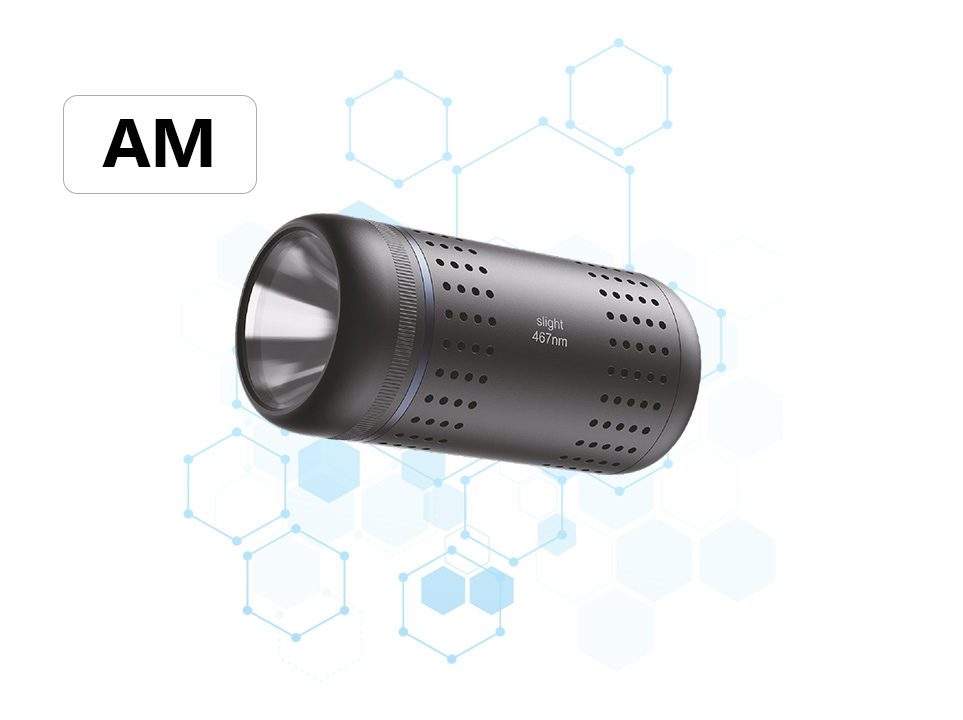Considerations in the Channel Design of Microchannel Photoreactors
The design of microchannel photoreactors represents a pivotal advancement in the field of photocatalysis and photochemical synthesis, offering enhanced mass and heat transfer efficiencies, as well as precise control over reaction conditions. However, the intricacies involved in their channel design necessitate a thorough understanding of various parameters to optimize performance. This paper delves into the critical considerations that should guide the channel design of microchannel photoreactors, drawing insights from both theoretical principles and experimental validations.
1. Geometry and Dimensions
The geometry and dimensions of the microchannels play a crucial role in determining the residence time of reactants, light penetration, and mixing efficiency. Microchannels are typically designed with rectangular, trapezoidal, or circular cross-sections, each offering unique flow characteristics and light distribution patterns. The aspect ratio (width-to-height) significantly influences the uniformity of light distribution and the resulting photocatalytic activity. Furthermore, the channel length and volume should be meticulously calculated to balance between sufficient reaction time and minimal pressure drop, thereby optimizing the overall process efficiency.
2. Material Selection
The choice of material for microchannel photoreactors is pivotal, as it directly impacts the optical properties, chemical resistance, and thermal stability of the system. Transparent or semi-transparent materials such as quartz, glass, and certain polymers (e.g., poly(methyl methacrylate) (PMMA)) are preferred to allow for effective light transmission. However, these materials must also exhibit high resistance to the corrosive environments often encountered in photochemical reactions. The selection must also consider the compatibility with the photocatalyst and the reactants, as well as the potential for material degradation under UV exposure.
3. Light Source and Distribution
The design of the microchannel photoreactor must account for the type, intensity, and distribution of the light source. LED arrays, lasers, and solar simulators are commonly employed, each offering different spectral ranges and intensities. The uniform distribution of light across the microchannels is essential to avoid hot spots and ensure consistent photocatalytic activity. This can be achieved through the use of optical fibers, reflectors, and diffractive optics to direct and spread the light evenly.
4. Flow Dynamics
The fluid dynamics within the microchannels influence mixing, mass transfer, and residence time distribution. Laminar flow is typically preferred in photoreactors to minimize turbulence-induced photocatalyst agglomeration and enhance light penetration. However, controlled introduction of secondary flows or micro-mixing elements can enhance reactant dispersion and increase the effective surface area for photocatalytic reactions. Understanding and manipulating these flow dynamics through channel geometry and operational conditions is vital for optimizing reactor performance.
5. Heat Management
Photochemical reactions often generate significant amounts of heat, which can adversely affect the reaction rates, selectivity, and stability of the photocatalyst. The microchannel design should incorporate efficient heat removal mechanisms, such as integrated cooling channels or heat exchangers, to maintain optimal reaction temperatures. Additionally, the use of thermally conductive materials and designs that promote heat transfer can further mitigate thermal gradients and hot spots within the reactor.
6. Scalability and Integration
The scalability of microchannel photoreactors is a critical consideration for industrial applications. The design should allow for modular expansion, where multiple microchannel units can be interconnected to increase production capacity without compromising process efficiency. Furthermore, integration with other process units, such as separators, pumps, and detectors, is essential for continuous and automated operation.
In conclusion, the channel design of microchannel photoreactors is a multifaceted challenge that requires careful consideration of geometry, material selection, light source and distribution, flow dynamics, heat management, and scalability. By addressing these considerations comprehensively, researchers can develop microchannel photoreactors that offer unparalleled performance in photocatalysis and photochemical synthesis, paving the way for innovative applications in energy conversion, environmental remediation, and beyond.





